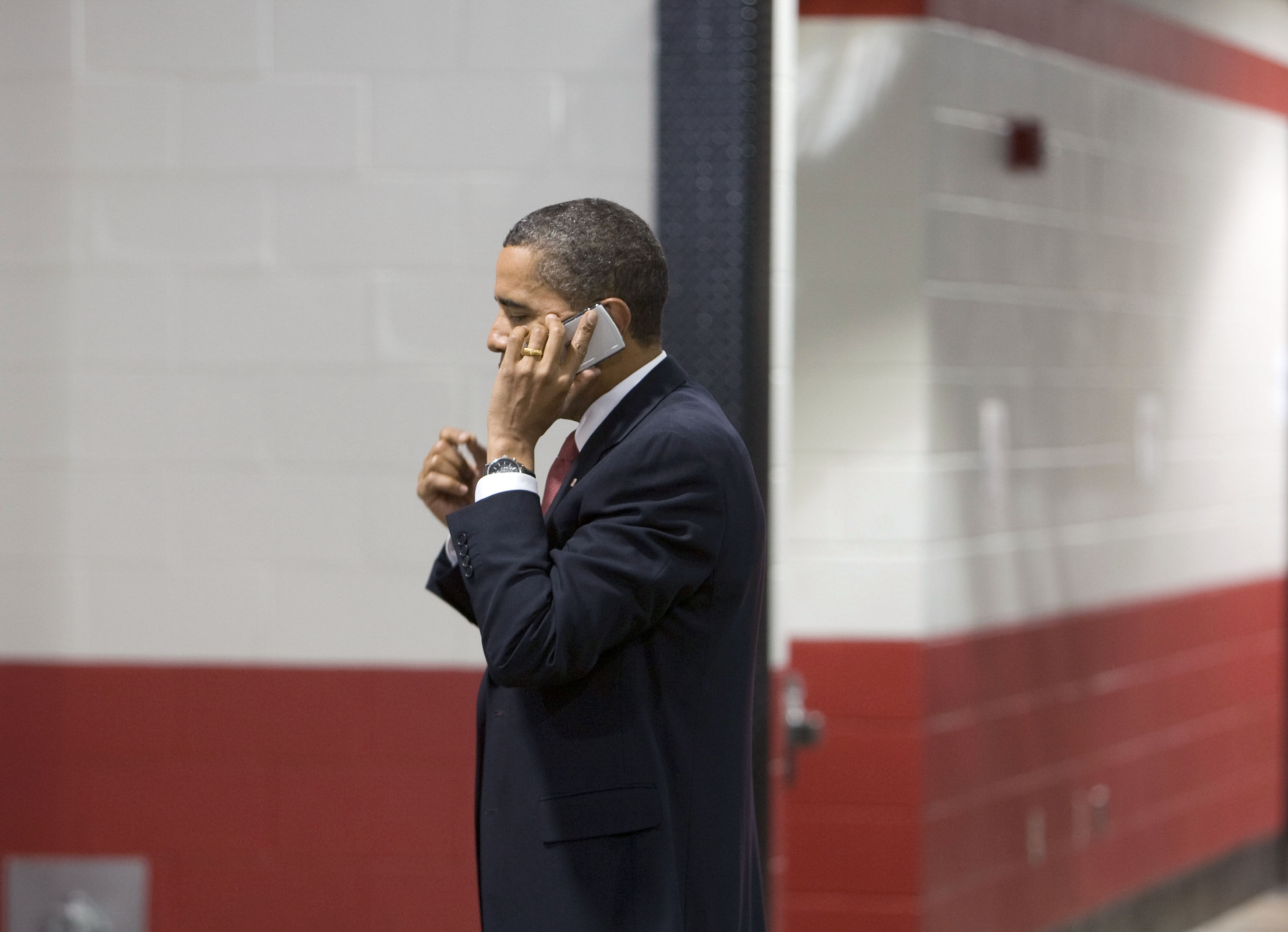The drug traffickers Mexico tour
Updated on 18 December 2008
Lindsey Hilsum describes her tour of a Mexican town where drug traffickers are welcomed.
Jose is planning his daughter's "quinceanos", the traditional coming out party for fifteen year old girls in Mexico. It's likely to be a lavish affair - drug traffickers are into bling.
He drives me around Culiacan, the drug capital of Mexico, in his Chevrolet Avalanche, a huge 4x4 which makes a Hummer look low-key. He takes a swing of beer and chats on the mobile phone as he drives.
"Don't film around here," he says as we glide past a smart walled compound. "We might get shot."
It's no joke - plenty of people have been gunned down on the streets of Culiacan, and many of the houses have "For Sale" signs up. We drop in at the abandoned mansion of an old friend who is hanging out on his ranch these days, trying to avoid assassination.
A banana yellow Lambourgini with no number plates is sitting in the driveway. The decorative pool with fake-rock waterfall is dry. I imagine the decadent gatherings fuelled by cocaine and tequila that must have gone on here, before the killing spree spoilt the party.
The Mexican security forces have been launching anti-drug operations, with the result that as some cartels get weaker, others seize the opportunity, like piranhas in a tank scenting blood.
In Culiacan, the battle is between the Beltran Leyva brothers and the Sinaloa cartel. The Mexican security forces have been launching anti-drug operations, with the result that as some cartels get weaker, others seize the opportunity, like piranhas in a tank scenting blood.
In January, someone - presumably from the Sinaloa cartel - betrayed Alfredo Beltran Leyva, nicknamed "el Mochomo", to the police. Jose shows me the house where he was arrested. In response, someone murdered the son of "El Chapo", Shorty, the head of the Sinaloa cartel.
"El Chapo" is the most wanted man in Mexico, and the Americans have a US$5 million bounty on his head. Jose reminisces about the last time he saw his boss.
"When his son was killed, I saw him get down from a chopper belonging to La Serena, the National Defence Agency," he said. "The chopper landed, he got out, grabbed the body out of the coffin, cried a bit and five minutes later jumped back into the chopper and took off again!"
Such stories are legion, as the cult of the drug cartels grows, and the corruption of the Mexican authorities becomes ever more apparent. Javier Valdez, a local journalist on the campaigning newspaper Rio Doce, writes of how "El Chapo" allegedly turned up in a local restaurant a few months ago.
He reportedly locked the doors, took away all the patrons' mobile phones and retired to a private room. After a sumptuous meal, he slipped out the back, leaving his henchmen to return the phones and unlock the doors. Everyone's bills had been paid.
But far from condemning the cartels for bringing violence and mayhem, many in Culiacan thank them for making the town prosperous.
The traffickers have even appropriated their own saint. At the shrine to Jesus de Malverde in downtown Culiacan, people make offerings - as we arrived a band was playing, courtesy of two middle-aged peasants who had paid the singers to serenade their icon.
Jesus de Malverde was a Robin Hood type figure, a bandit who was hanged by the Mexican authorities in 1909. In paintings and statues he looks like a Latin Omar Sherif, with heavy eyebrows and a pencil moustache. Plaques lining the walls thank him for protection and blessings. Some mention journeys along the well known supply routes into the USA.
This year has seen more than 5,400 drug-related murders in Mexico and countless kidnappings. As the Colombian government has squeezed the drug traffickers, power has shifted north and the US Justice Department now regards the Mexican cartels as the biggest criminal threat to the USA.
But far from condemning the cartels for bringing violence and mayhem, many in Culiacan thank them for making the town prosperous. Culiacan is to Mexico what Cali used to be to Colombia.
If the Sinaloa cartel ends up on top, the traffickers will come back to their luxurious homes and what many here regard as the good times will roll again.



